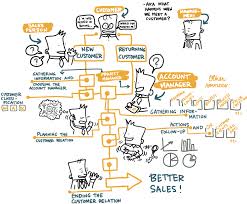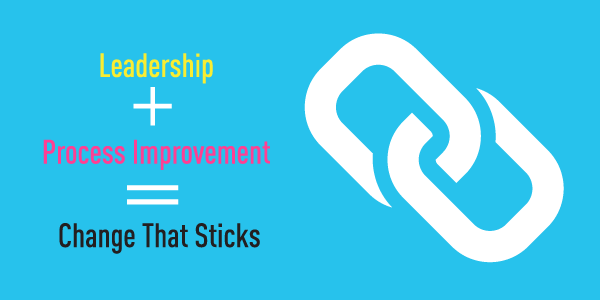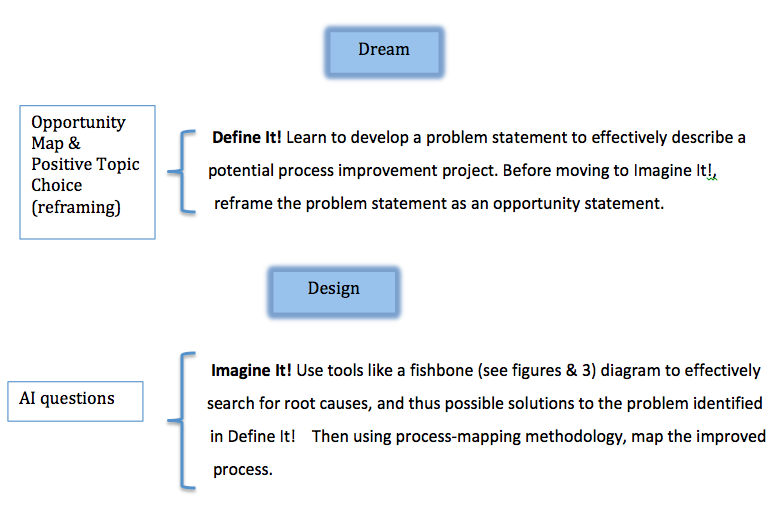
As I write this, it is a rare sunny winter day in Toronto, with blue sky and small fluffy snowflakes floating from the few clouds I can see. And because of this, I have altered my working location from my comfortable but dark basement office to my bright dining room table.
Why? Because I need sunshine. As much as I also enjoy the winter months, I crave sunshine! It lifts my mood and my spirits and my outlook and just makes everything better.
It occurred to me this morning that many of you do not have the luxury of working in your sunny dining room, and instead are holed up in your windowless office or cubicle. You may or may not have the opportunity to get outside and hold your face up to that sunshine, and you’ll go home after it’s dark, counting the days until spring.
And we wonder why we feel grumpy, edgy, or anxious this time of year.
There’s a reason for it, actually. Research shows a strong link between exposure to the sun, Vitamin D levels, and the incidence of Seasonal Affective Disorder (or SAD). Just a few minutes a day of unprotected (i.e. no sunscreen) exposure to sunshine are enough to maintain adequate levels of Vitamin D, boost levels of the “happy hormones” seratonin and dopamine, and thus ward off the symptoms of SAD.
Sounds easy enough.
What if you can’t get natural sunlight?
If you live in climates with a lot of winter cloud, decreased daylight hours, and frigid temperatures, it can be a real challenge to get yourself outside and bask in what little sunlight there may be. So what do you do?
Well, aside from taking a Vitamin D supplement, there are other things you can do at work (and at home, for that matter) to trick your brain into increasing its production of those “happy hormones.”
And guess what? The tricks involve process improvement and leadership – YAY! Our favourite topics.
5 Ways to Get Your Office Version of Vitamin D
- Create some goals that will really make you happy to achieve, and then attack them in small bites. January is a great time for process improvement projects! When we achieve goals and cross things off a list, we create a little celebration in our brain that releases dopamine. The trick here is to make sure it’s a goal that will make you feel good, like fixing something you’ve always wanted to fix, and then actually celebrating, even if it’s just with a fancy latte or a glass of wine after work.
- Break your “To Do” list into little tasks that are easily crossed off so you can achieve #1 above! It’s a lot harder to cross off “Fix The Widget Process” than it is to cross these things off: (and P.S. – the items below could be broken down even further)
- Define improvement opportunity
- Engage team
- Collect data
- Draw the current process
- Brainstorm opportunities
- Test ideas
- Implement solution
- Think about continuous improvement vs. one-time improvement initiatives. If you know what your next goal is before you finish your current one, you can smooth out the dopamine “hits” into a flow.
- Recognize the accomplishments of your team (in the way they want to be recognized). As we teach in our leadership courses, people are very individualistic in the way they prefer to be recognized, and as long as you consider the individual, then each thing that you do – email, bonus, quick word of thanks – will give THEM a dopamine hit.
- Remember things that went well. Interestingly, the brain has trouble telling the difference between what you’re achieving now and what you’ve achieved in the past. In either case, it produces seratonin! So if you’re having a crappy day, or if one of your team members is feeling down, talk together about when things went well, and build on that.
So when you’re down because it’s another grey day and it feels like spring will never get here and you wish that those stupid ads for southern vacations would go away because you can’t take one this year and you just want to put your head down on your desk and take a nap…
Try making a list of little tasks and just crossing off a few. You’ll start to feel better in no time!
Until next time,
Ruth
Sources:




 A process can be defined as a series of actions or steps that are undertaken in order to achieve a particular outcome. Some common examples that may resonate with you – think of the steps that are involved in each:
A process can be defined as a series of actions or steps that are undertaken in order to achieve a particular outcome. Some common examples that may resonate with you – think of the steps that are involved in each:

 respectfully, PFFT.
respectfully, PFFT.

 Use this information to tell a SHORT brief story about how something in step 1, happened to you. Don’t go on-and-on. And despite your brain DYING to tell this person how your business, idea, product will be perfect for them, take some time to go to step 3.
Use this information to tell a SHORT brief story about how something in step 1, happened to you. Don’t go on-and-on. And despite your brain DYING to tell this person how your business, idea, product will be perfect for them, take some time to go to step 3.







